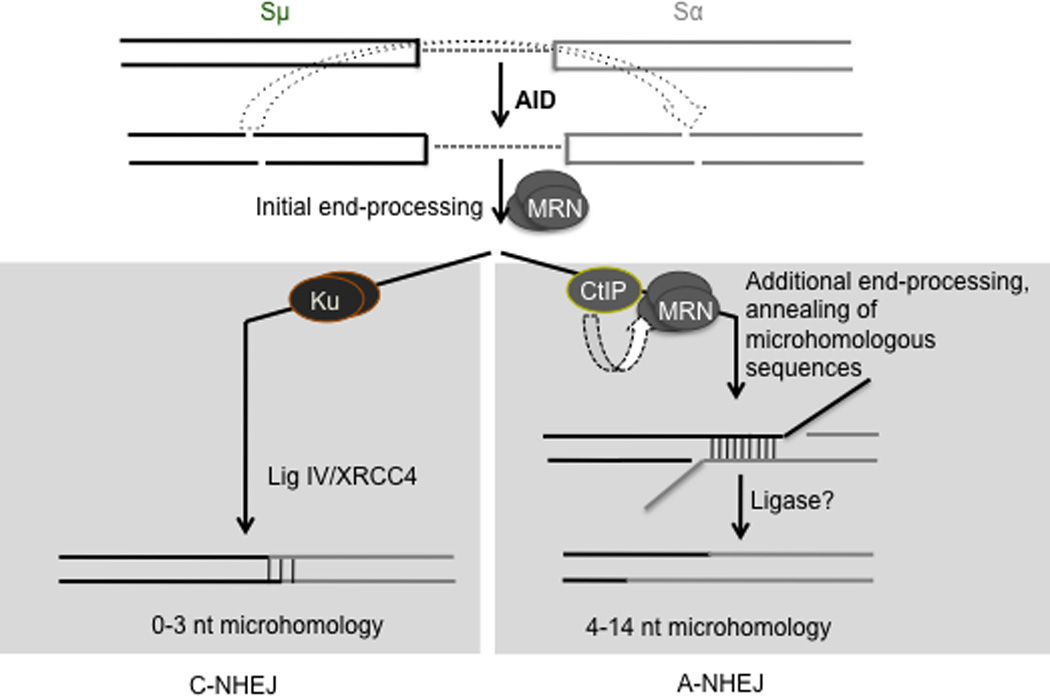Figure 5. A model for the role of CtIP in CSR.

AID activity induces formation of staggered DSBs in two distinct S regions. The DSBs are initially processed by the Mre11/Rad50/Nbs1 (MRN) complex, possibly to generate blunt ends and then channeled into either the C-NHEJ or the A-NHEJ pathway. For C-NHEJ, blunt DSBs are bound by Ku (and other C-NHEJ proteins) and subsequently ligated by DNA ligase IV/XRCC4 that do not require microhomology at the DNA ends. For A-NHEJ, CtIP alone, or in conjunction with MRN, further processes the DNA ends to reveal stretches of microhomology prior to ligation. Since CtIP binding to S regions is enhanced when Ku protein is depleted (fig. 4), Ku could possibly compete with or suppress the A-NHEJ pathway. Additional components of A-NHEJ that participate in CSR, including the ligase that seals the DNA ends are yet to be elucidated.
